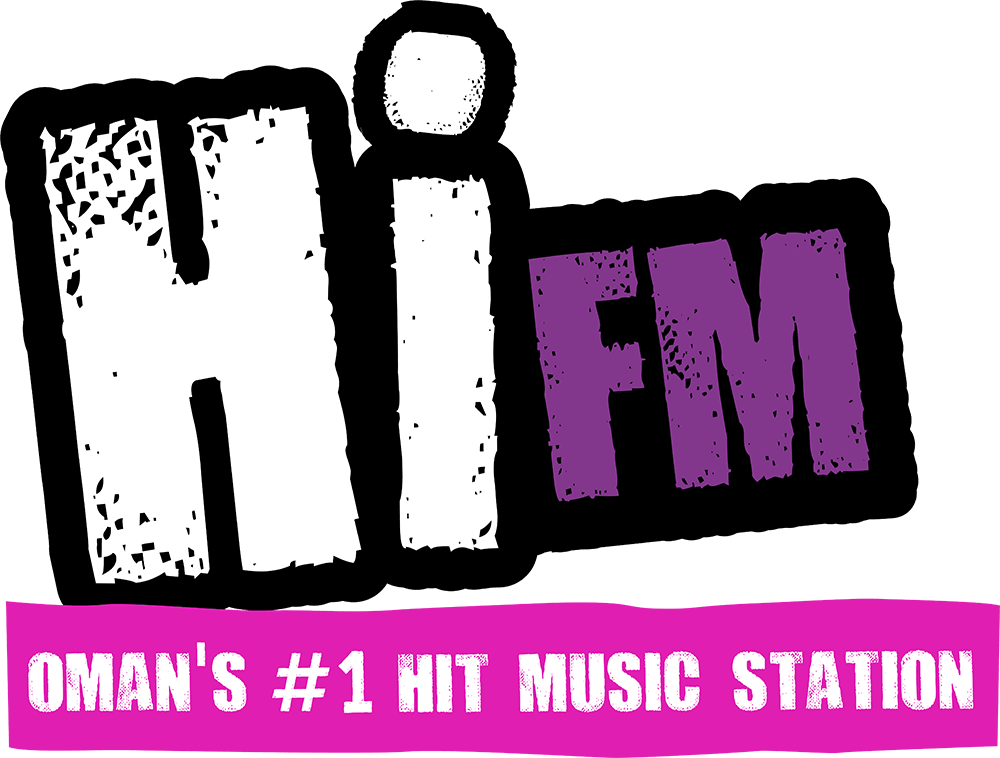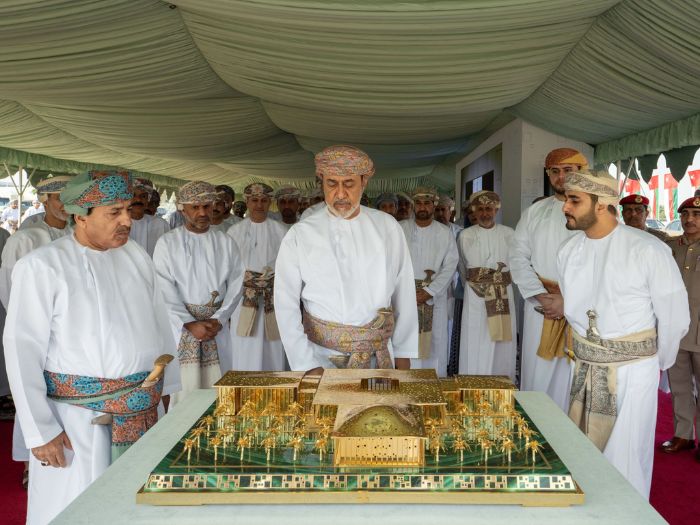
Muscat – The hospitality and tourism sectors recorded solid performance in the first nine months of 2025, underscoring their role in economic diversification under Oman Vision 2040. The Ministry of Heritage and Tourism reported direct added value of RO873mn, while total tourism output reached RO1.99bn. The sector contributed 2.7% to the GDP. Revenues from ministry […]
Muscat – The hospitality and tourism sectors recorded solid performance in the first nine months of 2025, underscoring their role in economic diversification under Oman Vision 2040. The Ministry of Heritage and Tourism reported direct added value of RO873mn, while total tourism output reached RO1.99bn. The sector contributed 2.7% to the GDP.
Revenues from ministry activities stood at RO13.55mn by end-September. Hotel revenues increased to RO293.4mn, up 6.1% from the previous year, driven by higher occupancy and varied travel programmes.
The sultanate received 2.83mn international visitors in the first three quarters, a drop of 2.4% from 2024. Domestic travel, however, rose to 13.6mn trips, up 5.1%, reflecting strong demand for local events and festivals. Hotels hosted 4.6mn guests, an increase of 4.6%.
As part of its global outreach, the ministry opened new tourism representation offices in China, Russia and Spain. Another office covering Singapore, Indonesia, Malaysia and Thailand is planned. Oman now operates 11 offices conducting campaigns in 25 markets, generating RO30mn in direct returns. The ministry also joined more than 20 international exhibitions and launched promotional content through CNN.

In the cruise and charter travel segment, the ministry began implementing recommendations to regulate cruise operations and develop port facilities. Charter flights for the 2024–2025 season reached 588, up from 466 the previous season, carrying 93,000 tourists. The segment generated an estimated US$80mn in revenue.
Hotel infrastructure continued to expand, with 1,309 establishments registered, up from 1,022 a year earlier. The number of rooms increased to 38,000, reflecting 7.9% growth. Overall occupancy averaged 36.8%, rising to 52.6% for three- to five-star properties.
Investment activity remained strong. Authorities issued 383 preliminary approvals for new accommodation projects, while 114 developments are under construction for opening between 2025 and 2027. Investments in integrated tourism complexes exceeded RO11.5bn. Between January and September, the ministry signed 36 concession agreements worth RO100mn for new projects.
Employment in the sector reached 169,800 workers, with an Omanisation rate of 10.9%, up from 10.1% a year earlier. Ministry-supervised activities accounted for 27.8% of the workforce.
Heritage preservation efforts continued, with 3,655 archaeological and historical sites recorded and 1,328 restored. Oman is preparing a nomination file for the Bisya and Salut sites for inclusion in the World Heritage List.
The sultanate posted strong hotel performance. In September, occupancy reached 66.7% in Muscat and 56.7% in Salalah, supported by sustained interest in heritage, adventure and environmental tourism.


 RO1.41bn worth of development projects for National Day
RO1.41bn worth of development projects for National Day
 Historical volume tracing 250 years of Al Busaidi leadership unveiled
Historical volume tracing 250 years of Al Busaidi leadership unveiled
 Oman wraps up 6th Islamic Solidarity Games with nine medals
Oman wraps up 6th Islamic Solidarity Games with nine medals
 Graffiti artist transforms Liwa wall into royal masterpiece
Graffiti artist transforms Liwa wall into royal masterpiece
 Liwa Link dual road opens to boost mobility and economic activity
Liwa Link dual road opens to boost mobility and economic activity
 H M renames Oman Cultural Complex after Sayyid Tarik bin Taimur
H M renames Oman Cultural Complex after Sayyid Tarik bin Taimur